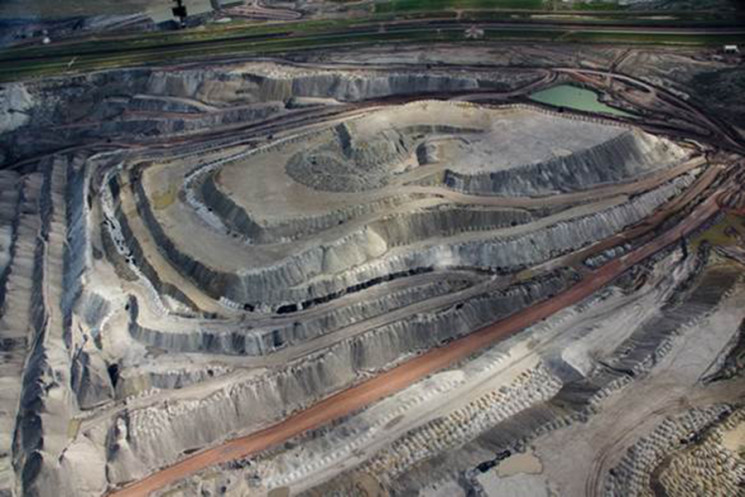Powder River Basin
Illuminating the Hidden Costs of Coal: How the Interior Department Can Use Economic Tools to Modernize the Federal Coal Program
This report aims to illuminate some of the hidden costs of coal production, which Interior should account for in order to modernize the federal coal program and earn a more fair return. If Interior had used a higher royalty rate that accounts for even a fraction of the public costs of mining, it could have earned an additional $2 billion from 2009 to 2013, from coal production in four western states-Wyoming, Colorado, Montana, and Utah.
To modernize the coal program and earn a more fair return, Interior should:
A Framework for Assessing Thermal Coal Production Subsidies
There has been much discussion of fossil fuel subsidies as both an inefficient use of public tax dollars and a barrier to the scaling up of low- and no-carbon energy sources. As "green" incentives are reduced, the phase-out of fossil fuel subsidies becomes even more urgent in order to reduce market distortions and ensure a level playing field in energy markets. Developing-world subsidies to fossil fuel consumption have attracted the most attention to date. However, fossil fuels also benefit from production subsidies in both developed and developing countries.
Inspector General Report on US Coal Leasing Programs
Coal-burning power plants generate about half of the Nation’s electrical power. About 40 percent of the Nation’s coal comes from public lands. As a result, coal mining on public lands is a significant source of revenue to the U.S. Government, and significantly contributes to the Nation’s power supply.


